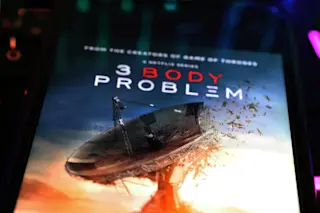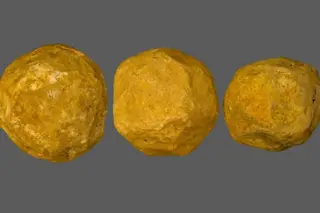I was in Montreal at the time, to give a lecture, and it was miserably cold. I tried to see the city, but I could stand being outdoors for only a few minutes before I had to dash back inside again to warm up with a hot drink. So I was kind of forced to stay in my hotel room--and calculate. Ingrid Daubechies was recalling her momentous discovery, in February 1987, of a particular type of mathematical construct called wavelets, which subsequently sent ripples of excitement through the arcane community of applied mathematicians. It was a period of incredibly intense concentration. I was engaged to be married, and at the same time totally wrapped up in my ideas, even when I was sightseeing, or washing my hair, or cooking. But then everything sort of fell into place pretty quickly. By the end of March it was all finished. I felt ...
Wave of the Future
One cold, snowy day, Ingrid Daubechies saw a wealth of hidden meaning in a confused jumble of wiggly lines. Now Daubechie's wavelets are some of the hottest math around.
More on Discover
Stay Curious
SubscribeTo The Magazine
Save up to 40% off the cover price when you subscribe to Discover magazine.
Subscribe













